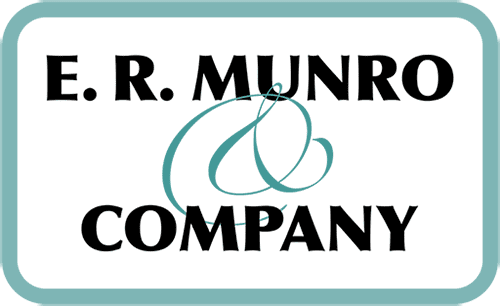Federal flood insurance, available through the National Flood Insurance Program (NFIP), can be purchased to insure structures and contents; however, coverage for each is purchased separately. Single family residences are eligible for $250,000 in coverage; this consists of the emergency program’s first layer of $35,000, and a second layer of $215,000.
Small businesses are eligible for up to $500,000 per building in coverage ($100,000 in the emergency program’s first layer, and $400,000 in the second layer).
Separate insurance for a building’s contents can also be purchased: up to $100,000 for residential properties, and $500,000 per building for small businesses, churches, and other properties. Federal flood insurance is usually written on an actual cash value basis, as compared to most commercial or homeowner policies, which are written on a replacement cost basis.
The NFIP does not insure against losses caused by earth movement, even if the earth movement is caused by flooding. Therefore, damage directly resulting from flood-caused earthquakes, landslides, land subsidence, sinkholes, or erosion is not insured by the NFIP.
FEMA controls the scope of coverage offered through the NFIP and it currently offers three standard flood insurance policies. Property owners may purchase from private carriers who service the polices, but the U.S. government is responsible for payment of claims.
The NFIP’s standard flood insurance policy provides insurance coverage for physical loss from flooding to the insured structure, which includes the building and its foundation, the electrical and plumbing systems, built-in appliances (central air conditioning), and other permanently installed fixtures.
It does not cover loss of use or access to the insured property, the cost of temporary housing during building or repair, or for commercial properties, the loss caused by business interruption. Property owners who purchase NFIP policies for contents are protected in the event of damage to personal items, such as clothing, portable appliances and non-permanent carpets. Standard policies limits coverage for damage to artwork, rare books, jewelry, memorabilia, and furs to $2,500 for any one loss. The NFIP specifically excludes coverage for property outside the building, such as lawns, trees, shrubs and fences.
Private flood insurance is available to both businesses and individuals. If an insured property has an actual cash value or replacement cost greater than the NFIP limits, excess flood insurance should be explored. Failure to obtain excess flood coverage will leave the homeowners with a substantial shortfall in coverage.
Even with federal flood insurance, property owners must carefully evaluate their coverage to make sure their limits are high enough and the coverage is broad enough for maximum financial protection.

